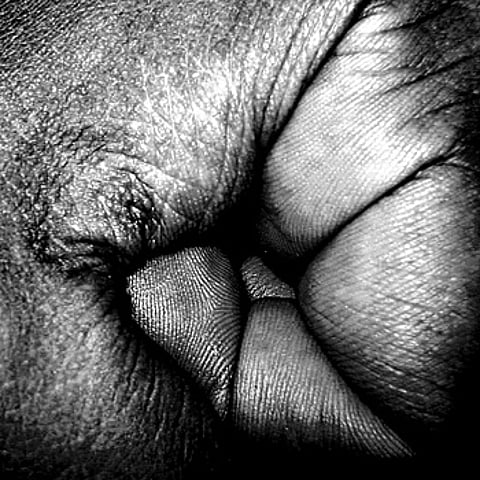Blackness in brown spaces
After visiting a friend's birthday party in southwest New Delhi in late September 2014, international students Yohan Koumba Daouda and Mapaga Yannis from Gabon and Guira Fallal from Burkina Faso boarded a Yellow Line train at the Chhatarpur station. They were on their way home to the southeast suburb of Noida. Thirteen subway stops later, they were being hounded by a mob of more than a hundred young Indians in a major metro station near the centre of the city. What had happened?
According to the young black men, who are engineering students at Amity Institute of Information Technology and Sharda University in New Delhi, some of the Indian passengers started taking photos of them and mocking them on board the subway train. The students felt as if they embodied a 'human zoo' for the Indians around them. One of the African students asked the group to stop taking pictures of them. A verbal scuffle unfolded which continued until the students disembarked to change trains at the Rajiv Chowk station. Amidst allegations that the international students had sexually harassed an Indian woman, the Indian crowd's anger escalated.

